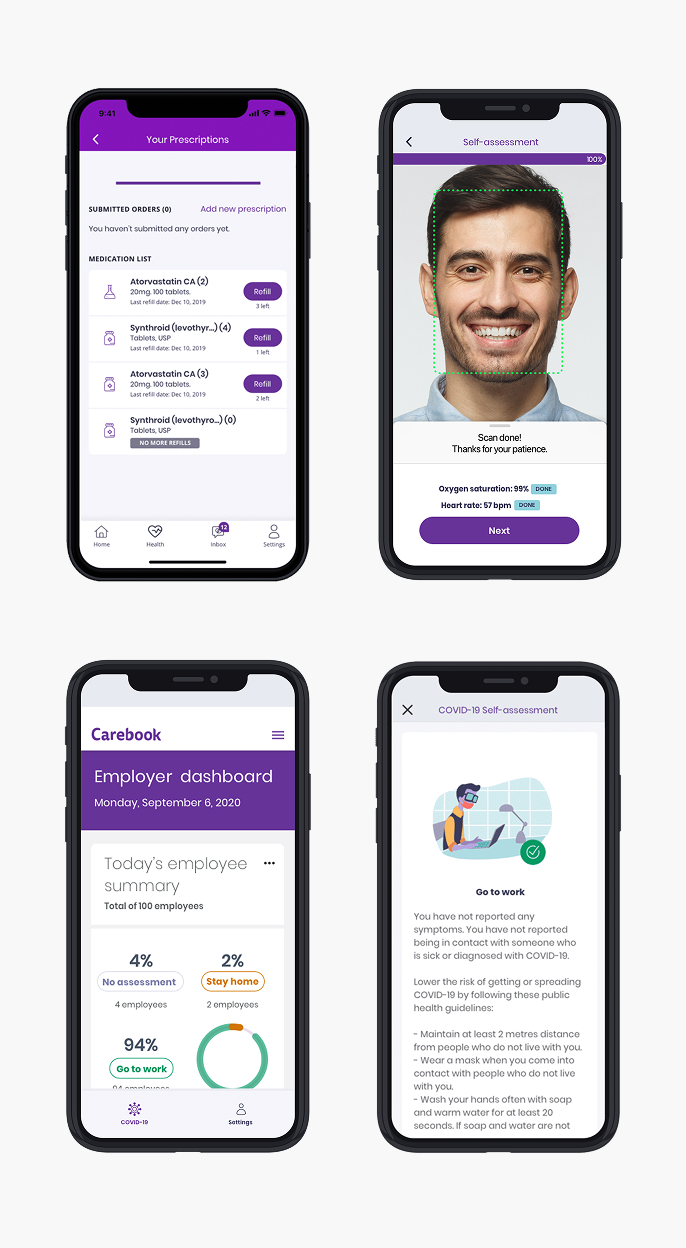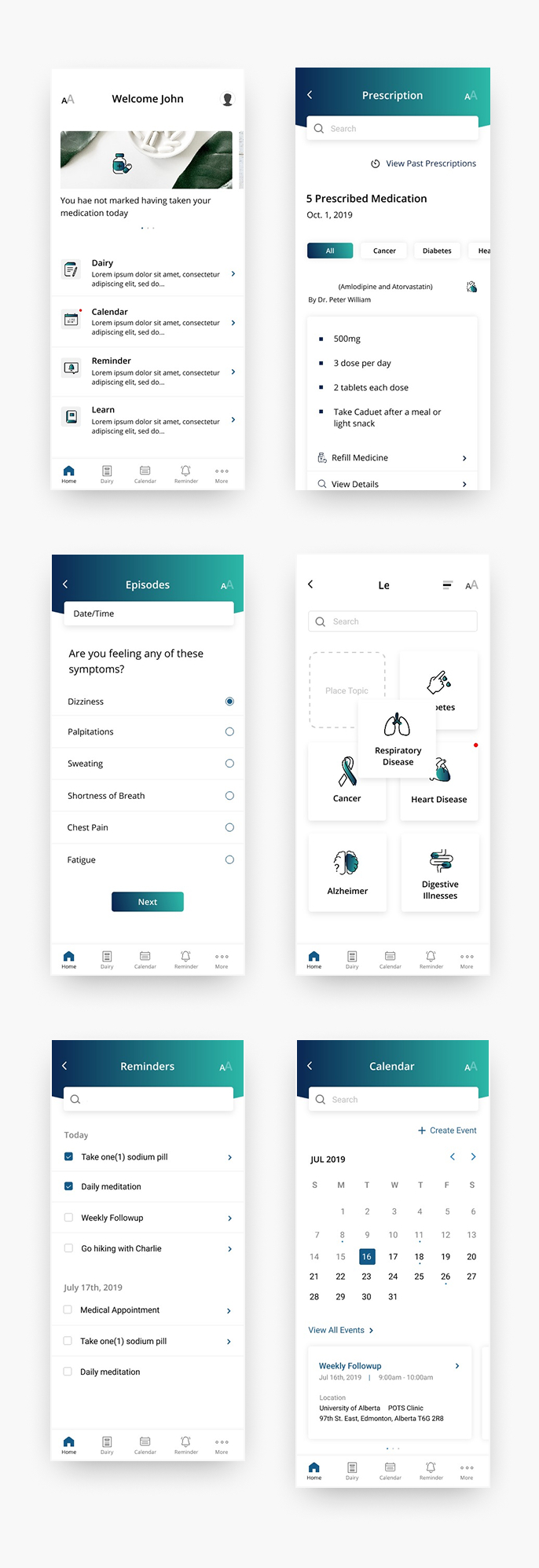SymptomTrack is a mobile app built to improve the care experience for individuals managing chronic illnesses. It’s supported by a web portal that enables doctors and administrators to communicate with and support patients more effectively. The platform offers a comprehensive set of features tailored specifically for patients, healthcare providers, and administrators.
For patients, the app allows easy tracking of illness episodes, meal plans, and other health-related data, which can be shared with healthcare providers for better-informed care. Patients can also communicate directly with their doctors, request medication refills, and access additional support services.
For doctors, SymptomTrack streamlines patient care by enabling them to prescribe medications, respond to patient inquiries, and monitor health trends over time.
For administrators, the app provides tools to manage educational resources for patients, as well as oversee patient profiles and schedule appointments with healthcare providers.



